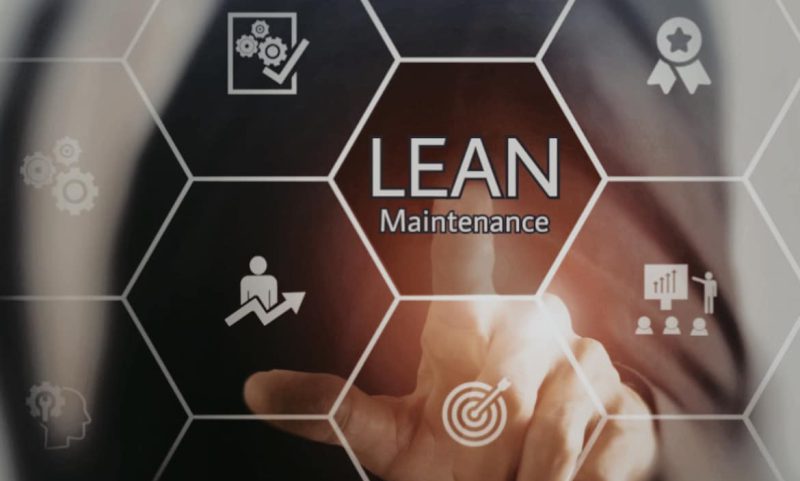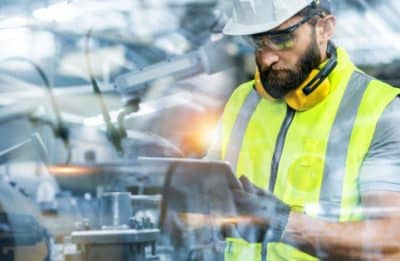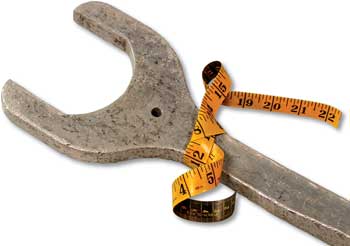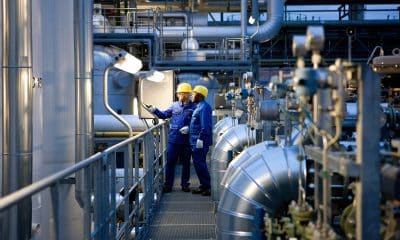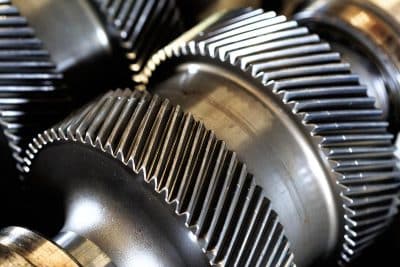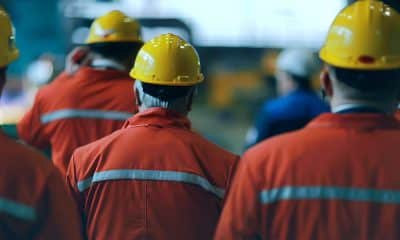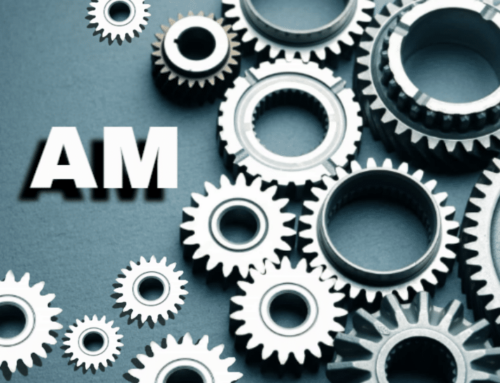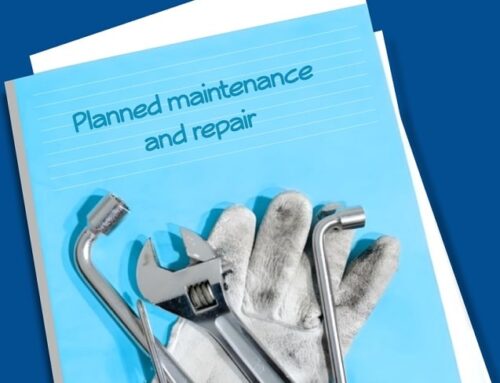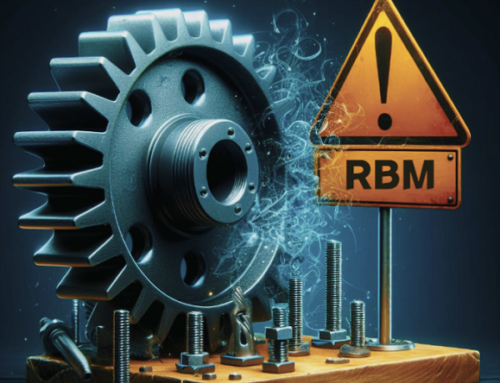Lean maintenance and repair (LM)
What you read in this article:
Lean maintenance and repair (LM)
Some principles of lean maintenance and repairs
Advantages of using lean maintenance and repairs
Implementation of lean maintenance and repairs
Implementation of lean maintenance and repairs in organizations
Is lean maintenance applicable in all industries?
Can lean maintenance and repairs help improve product quality?
Does lean maintenance only help to reduce production costs?
Can lean maintenance and repairs improve the health and safety of employees?
Lean maintenance and repair is a management method that is used to improve the efficiency and productivity of maintenance and repairs, reduce costs related to maintenance and repairs, improve the quality of equipment and increase customer satisfaction. This method is based on the Lean Manufacturing method.
In lean maintenance and repairs, the main goal is to reduce waste and increase productivity. To this end, this method focuses on improving processes, increasing quality and productivity, reducing waste, facilitating access to spare parts, and optimizing parts inventory.
-
Some principles of lean maintenance and repairs:
- Valuation: You should measure the value of each activity and only perform activities that are useful for improving quality, reducing costs, and increasing productivity.
- Value stream: To improve efficiency and productivity, you need to improve maintenance processes and optimize value stream.
- Continuous improvement: To improve quality and productivity, you must apply continuous improvements to maintenance and repair processes.
- Flexibility: You need to think of ways to react to changes quickly.
- Commitment to Improvement: Commit to continuous improvements in maintenance and repair processes.
- Cooperation: You must cooperate with all team members and solve common problems.
In general, this method is used as a management method to improve the efficiency and productivity of maintenance and repairs, reduce costs related to maintenance and repairs, improve equipment quality and increase customer satisfaction. This method focuses on the principles of lean production and continuous improvement of processes and helps to reduce wastage, increase productivity and quality, optimize parts inventory, and improve the level of maintenance and repair services. As a strategic method, LM (Lean Maintenance) helps to reduce costs related to maintenance and repairs and increase profitability.
-
Advantages of using lean maintenance and repairs:
One of the advantages of using LM is reducing maintenance and repair costs. By improving processes and reducing waste, maintenance and repair costs are reduced and profitability is increased. Also, by increasing the quality of equipment, the risk of breakdowns and shutdowns is reduced and customer satisfaction is also increased.
Other advantages include the following:
-
Implementation of lean maintenance and repairs:
In order to implement lean maintenance and repairs, it is necessary to analyze the processes in detail and identify the wastes and existing problems. In addition, techniques such as Total Productive maintenance and repairs (TPM) and Reliability Centered maintenance and repairs (RCM) should also be used to continuously improve processes and reduce waste. Next, we explain how you can implement them in lean maintenance:
- TPM (Total Productive maintenance and repairs): means comprehensive productive maintenance and repairs and aims to optimize equipment efficiency, reduce unplanned shutdowns, reduce wastage and increase production efficiency. To implement TPM, equipment must first be identified and evaluated. Read our article for more information.
- RCM (Reliability Centered maintenance and repairs): means reliability-based maintenance and aims to determine equipment maintenance and repair needs, based on identifying risks and evaluating their effects. Read our article for more information.
In general, TPM and RCM are important techniques in lean maintenance and repairs, which can be used to improve equipment performance, reduce costs, and increase productivity. To successfully implement TPM and RCM, it is better to identify your specific needs and create appropriate plans for them.
-
Implementation of lean maintenance and repairs in organizations:
To implement Lean Maintenance, maintenance teams collaborate with engineering and production teams to implement optimized processes and, as a result, improve the organization’s efficiency and productivity. To implement lean maintenance and repairs in your organization, you can use the following approaches:
- Forming a lean maintenance and repair team: By forming a lean maintenance and repair team, you can implement optimized processes. This team can collaborate with the engineering and production teams to improve efficiency and reduce waste related to maintenance and repairs.
- Use of new technologies: By using new technologies, you can improve maintenance and repair processes. For example, the use of monitoring and failure prevention systems can help reduce equipment downtime and improve their efficiency.
- Training of employees: You can organize training courses and workshops to train the organization’s employees.
- Creating a culture of lean maintenance: For example, offering rewards and rewards to employees who are successful in improving maintenance processes can help create a culture of lean maintenance.
- Continuous evaluation and improvement: To achieve greater productivity, you must continuously evaluate and improve your processes and functions. In this regard, you can use surveys, user feedback and performance data to improve your processes.
-
Is lean maintenance applicable in all industries?
Yes, it is applicable in all industries. In fact, these techniques are usually used more in industries that focus on the production and manufacture of products and services. However, for the successful implementation of lean maintenance and repairs in any industry, attention must be paid to the specific needs and conditions of that industry. For example, in the automotive industry, lean maintenance and repairs are very important, and TPM and RCM are used to prevent unplanned shutdowns and reduce maintenance and repair costs. Also, in the aircraft industry, lean maintenance and repairs are very important and must be done very carefully due to the high importance of safety and reliability.
In general, lean maintenance and repairs are useful and necessary for all industries and can help improve equipment performance, reduce maintenance and repair costs, reduce unplanned shutdowns, and increase productivity.
It is better for each industry to check its needs independently and create appropriate plans for lean maintenance and repairs.
-
Can lean maintenance and repairs help improve product quality?
Yes, in fact, by improving maintenance and repair processes, product risks and defects can be minimized and help reduce the number of defective and returned products. Stay with us to learn how lean maintenance and repairs affect the quality of products:
- Prevention of defects: By implementing TPM and RCM, production equipment and devices are regularly checked and any existing failures and defects are improved before they cause negative effects on the quality of products.
- Improving the performance of equipment: By improving the performance of production equipment and devices, defects in products can be minimized. With the implementation of TPM and RCM, the equipment is regularly checked and any failure or defect in their performance is eliminated.
- Increasing productivity: By increasing the productivity of production equipment and devices, it is possible to reduce the production time of products and help reduce production costs. Also, by improving the performance of the equipment, it becomes possible to produce products with better quality and less error.
- Improving production processes: By implementing TPM and RCM, maintenance and repair processes are improved, which improves production processes and product quality.
In general, Lean Maintenance can help improve product quality. By implementing TPM and RCM, it is possible to prevent defects, improve equipment performance, increase productivity, and improve production processes and product quality.
-
Does lean maintenance only help to reduce production costs?
No, it does not only help to reduce production costs. In fact, lean maintenance and repairs can help improve equipment performance, improve product quality, reduce unplanned shutdowns, and increase productivity, all of which increase the company’s profitability and competitiveness. In the following, we will explain these items:
- Improving the performance of equipment: As mentioned in the previous articles, by implementing lean maintenance and repair techniques, production equipment and devices are regularly checked and any failures and defects in their performance are resolved. This work improves the performance of production equipment and devices, and as a result, it becomes possible to produce products with better quality and less error.
- Improving product quality: By improving maintenance and repair processes, product defects are minimized, which improves product quality. This is considered as one of the main advantages of lean maintenance and repairs in manufacturing industries.
- Reducing unplanned shutdowns: By implementing TPM and RCM, production equipment and devices are regularly checked and any breakdowns and defects in their performance are resolved. This reduces unplanned downtime and helps to reduce maintenance costs and increase company productivity.
- Increased productivity: By improving the performance of equipment, improving production processes and reducing unplanned shutdowns, the productivity of the company increases. This reduces production costs and increases the company’s profitability.
Therefore, lean maintenance and repairs improve equipment performance, improve product quality, reduce unplanned shutdowns, and increase productivity, all of which increase the company’s profitability and competitiveness. Therefore, lean maintenance and repairs do not only help to reduce production costs and can ensure the improvement of the company’s performance in the long term.
-
Can lean maintenance and repairs improve the health and safety of employees?
Yes, it can improve employee health and safety. In fact, the implementation of lean maintenance and repair techniques can help reduce the number of work accidents, reduce manpower for repairs and unplanned shutdowns, improve employee safety and protect their health. In the following, we will explain these items:
- Reducing the number of work accidents: production equipment and devices are regularly checked and any failures and defects in their performance are fixed. This work reduces the number of work accidents and increases the safety of employees.
- Reduction of manpower for repairs: repairs are done preventively and the need for emergency repairs is reduced. This work reduces the manpower for repairs and the employees are involved with less repairs.
- Reduction of unplanned shutdowns: production equipment and devices are regularly checked and any breakdowns and defects in their performance are fixed. This work reduces unplanned shutdowns and as a result, production devices operate stably, which reduces employees’ exposure to risks related to unplanned shutdowns.
- Improving employee safety: By reducing the number of work accidents, reducing manpower for repairs and reducing unplanned shutdowns, employee safety is improved. Also, production equipment and devices are regularly checked and their security weaknesses are identified, and necessary measures are taken to protect the health and safety of employees.
Therefore, lean maintenance and repairs can improve the health and safety of employees. This is done by reducing the number of work accidents, reducing manpower for repairs, reducing unplanned shutdowns and improving employee safety. For this reason, companies should pay attention to the implementation of lean maintenance and repair techniques to ensure the improvement of the health and safety of employees in the workplace.
-
To form a lean maintenance and repair team in your organization, you can use the following approaches:
- Choosing the right member: To form a team, you need to choose people who have the right experience, skills and interests to do the job.
- Determining goals and tasks: clear and specific goals and tasks should be defined. For example, this team can have the goals of improving maintenance and repair processes, reducing maintenance and repair costs, and improving equipment quality.
- Determining the level of responsibilities: clear and specific responsibilities should be defined. For example, you should determine what authority and responsibilities each team member has.
- Determining the budget: A specific budget must be determined. This budget can include costs related to staff training, equipment and consumables, and other costs related to maintenance and repairs.
- Holding meetings: periodic meetings should be held to review progress, problems and solutions related to maintenance and repair processes.
- Continuous evaluation and improvement: Continuous evaluation and improvement mechanisms should be defined to reach the best state of the team. You can use surveys, user feedback and performance data to improve your processes.
In Lean Maintenance, instead of the traditional and preventive approach in maintenance and repairs, an improved repair approach is used. This means that instead of repairs only in case of failure, methods such as failure prevention, careful monitoring of equipment and detection of possible problems are used so that failures can be prevented at the beginning of the occurrence and the need for more repairs. not be

